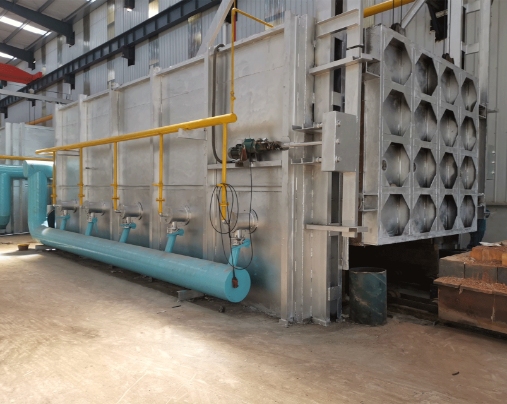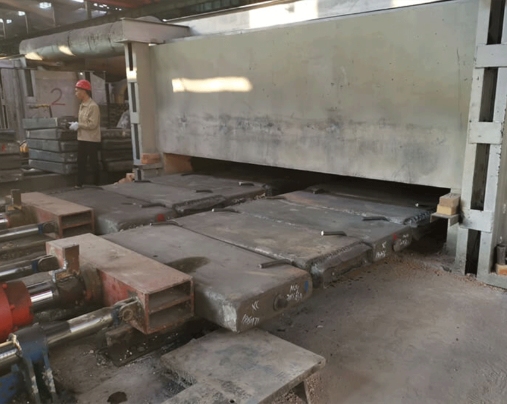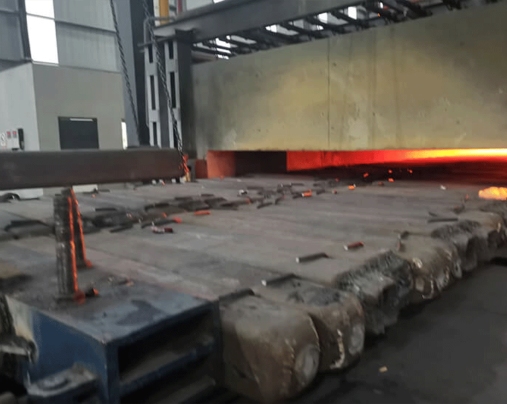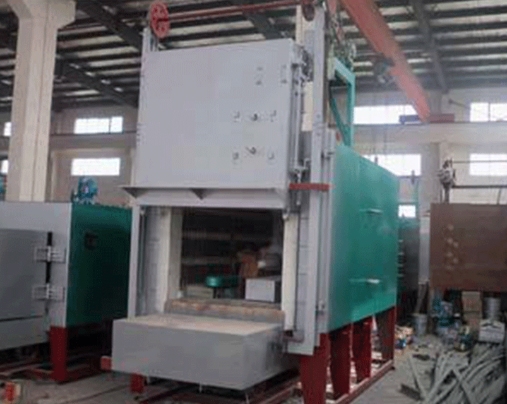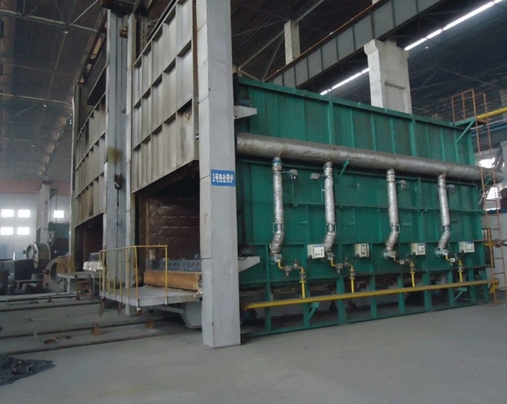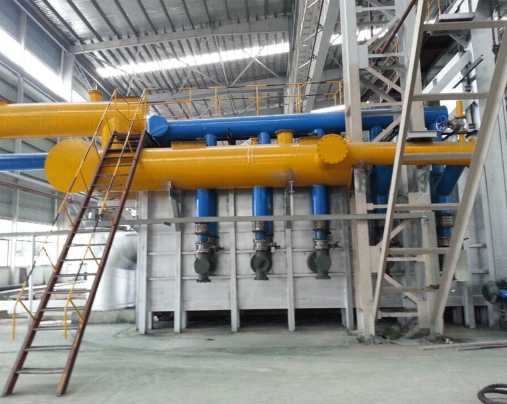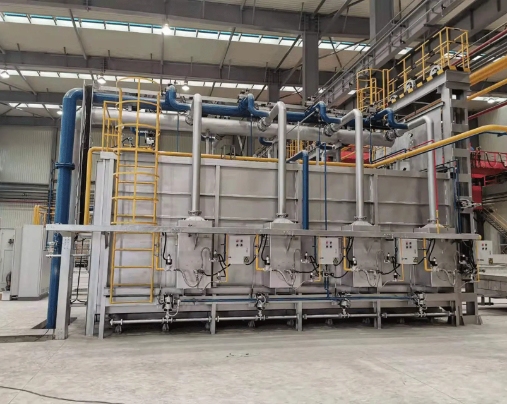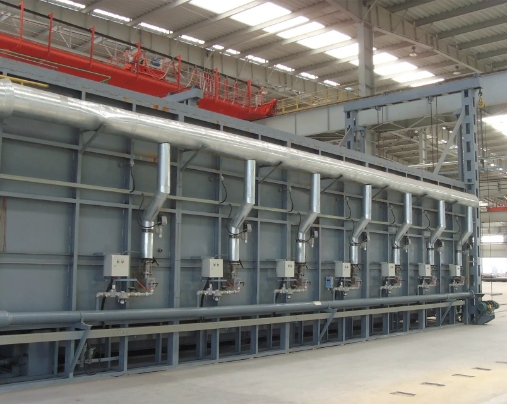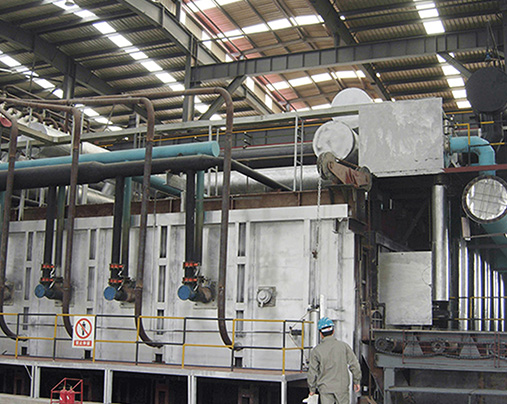
Custom Annealing Oven
Custom Annealing Oven
- The specifications of a custom annealing oven can vary depending on the specific design and requirements. However, here are some common specifications that may be relevant:
- Temperature range: The oven should be capable of achieving the desired temperature range for the material being annealed. For example, if annealing metals, the oven may need to reach temperatures up to 1200°C (2192°F).
- Heating rate: The heating rate should be appropriate for the material being annealed. For example, some materials may require a slow heating rate to prevent thermal shock, while others may require a faster heating rate to achieve specific material properties.
- Cooling rate: The cooling rate should also be appropriate for the material being annealed. A slower cooling rate may be necessary to minimize the risk of cracking or warping.
- Chamber size: The size of the chamber should be appropriate for the size and quantity of the material being annealed.
- Controls: The oven should include controls to adjust the temperature, heating rate, and cooling rate as needed. Programmable controls may also be necessary for precise temperature control.
Description
A custom annealing oven is a specialized type of oven used to heat treat materials such as metals, glass, and ceramics to make them stronger or more durable. Annealing is a process that involves heating a material to a specific temperature, holding it at that temperature for a certain amount of time, and then cooling it down slowly. The oven can be electric, gas, or fuel-powered and can be equipped with various types of controllers, temperature sensors, and safety features.
Overall, it is a valuable tool for manufacturers who need to anneal materials to meet specific requirements. By working with an experienced oven manufacturer or designer, it is possible to create an oven that meets your specific needs and provides reliable, consistent results.
Working principle: Custom Annealing Oven
The working principle of a custom annealing oven involves a combination of heating and cooling processes that alter the structure and properties of the material being treated.
During annealing, the material is first heated to a specific temperature, which is determined by the type of material and the desired properties. This temperature is typically maintained for a specific amount of time, known as the soak time, to allow the material to reach thermal equilibrium and achieve a uniform temperature throughout.
After the soak time, the material is cooled down slowly to room temperature to minimize the risk of thermal shock, which can cause cracking or other damage to the material. The cooling rate is also important and can be controlled to achieve specific material properties.
A custom annealing oven typically consists of a chamber or enclosure that houses the material to be annealed. The chamber is heated using electric, gas, or fuel-powered heating elements, which are controlled by a temperature controller to maintain the desired temperature. The temperature is monitored using temperature sensors, such as thermocouples or resistance temperature detectors, which provide feedback to the temperature controller to adjust the heating elements as needed.
To achieve precise temperature control and consistent results, custom annealing ovens may also include features such as programmable controllers, multiple heating zones, and sophisticated cooling systems. Additionally, safety features such as alarms, automatic shut-off mechanisms, and ventilation systems may be included to ensure safe operation of the oven.
Overall, the working principle of a custom annealing oven involves precise control of temperature and cooling rates to achieve desired material properties and improve the durability and strength of the material being treated
The characteristics
Custom annealing oven is used to achieve quality results in industrial setting and it is built with safety features and energy efficient controls to ensure the highest level of performance.
- Temperature range: It can be designed to achieve a wide range of temperatures, from relatively low temperatures for glass or polymer materials to high temperatures for metals and ceramics.
- Heating rate: The heating rate of the oven can also be customized to achieve specific material properties. A slower heating rate may be used for more delicate materials to avoid thermal shock, while a faster heating rate may be used for denser materials.
- Cooling rate: Similar to the heating rate, the cooling rate can also be customized to achieve specific material properties. A slower cooling rate may be used to minimize the risk of cracking, while a faster cooling rate may be used for certain applications, such as hardening metals.
- Size and capacity: It can be designed in various sizes and configurations to accommodate different material sizes and quantities.
- Controls and sensors: It include programmable controllers and temperature sensors to provide precise temperature control and feedback during the annealing process.


